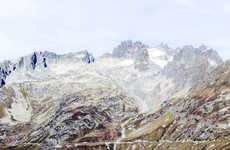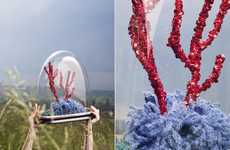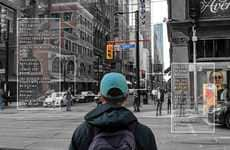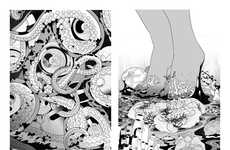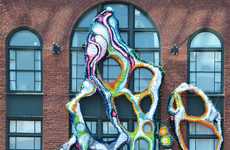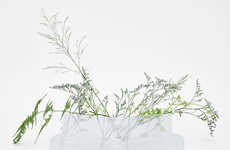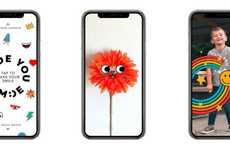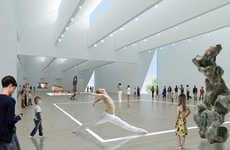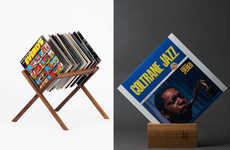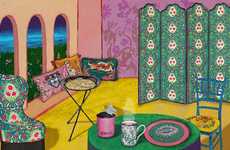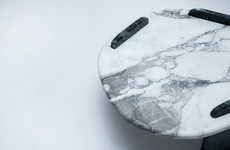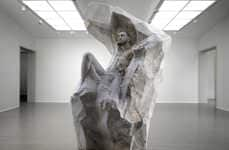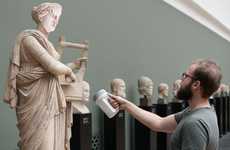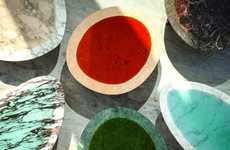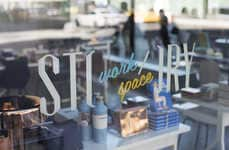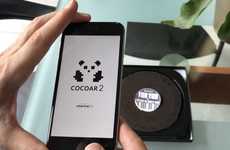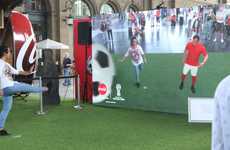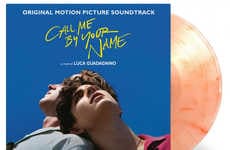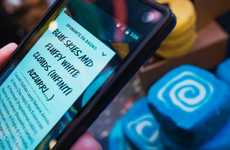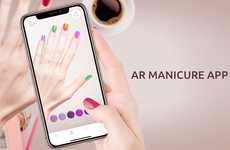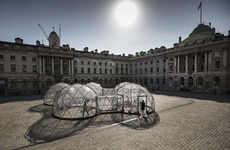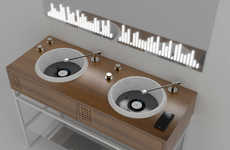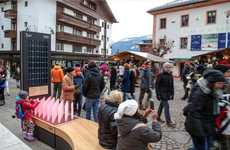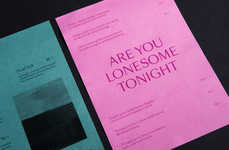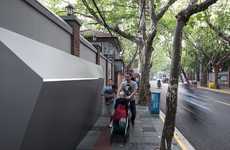

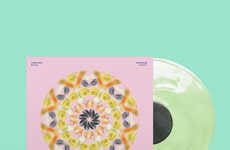
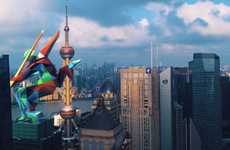
Artists employ QR codes to enhance engagement with their exhibitions
Trend - The use of QR codes by artists in their exhibitions and individual pieces allow for more interactive forms of engagement for those viewing the art in question. These pieces perfectly merge traditional forms of artistic consumption with the digital platforms that modern consumers are accustomed to engaging with on a regular basis.
Insight - For consumers around the world, the mobile phone has become a permanent extension of the self. From storing news articles to jolting down notes, many use it as a personal archive that is filled with interesting information and saved memories. As a result, experiences that bridge the gap between the physical and the digital by enabling mobile-connected interactivity are favored by consumers--as users are allowed to easily store and access the information on their trustworthy, hand-held device.
Insight - For consumers around the world, the mobile phone has become a permanent extension of the self. From storing news articles to jolting down notes, many use it as a personal archive that is filled with interesting information and saved memories. As a result, experiences that bridge the gap between the physical and the digital by enabling mobile-connected interactivity are favored by consumers--as users are allowed to easily store and access the information on their trustworthy, hand-held device.
Workshop Question - How could your brand more creatively employ QR codes?
Trend Themes
1. QR Code Integration in Art - The use of QR codes by artists in their exhibitions and individual pieces allow for more interactive forms of engagement and a bridge between traditional forms of art and digital platforms.
2. Interactive and Immersive Experiences - Consumers prefer experiences that bridge the gap between the physical and the digital and enable mobile-connected interactivity.
3. Multi-disciplinary Collaborations - Collaborations that fuse different industries, such as design, cooking, and music, provide opportunities for disruptive innovation.
Industry Implications
1. Art and Design - The integration of technology and traditional art forms is transforming the way consumers engage with art and provides unique opportunities for interactive and immersive experiences.
2. Marketing and Advertising - Augmented reality provides a powerful tool for creating immersive experiences in marketing and advertising, showcasing the potential for digital engagement.
3. Hospitality and Food - Multi-disciplinary collaborations between chefs, designers, and musicians have the potential to create innovative food experiences that fuse different industries together.
4 Featured, 36 Examples:
132,985 Total Clicks
Date Range:
Jul 18 — Jul 19
Trending:
Warm
Consumer Insight Topics:


